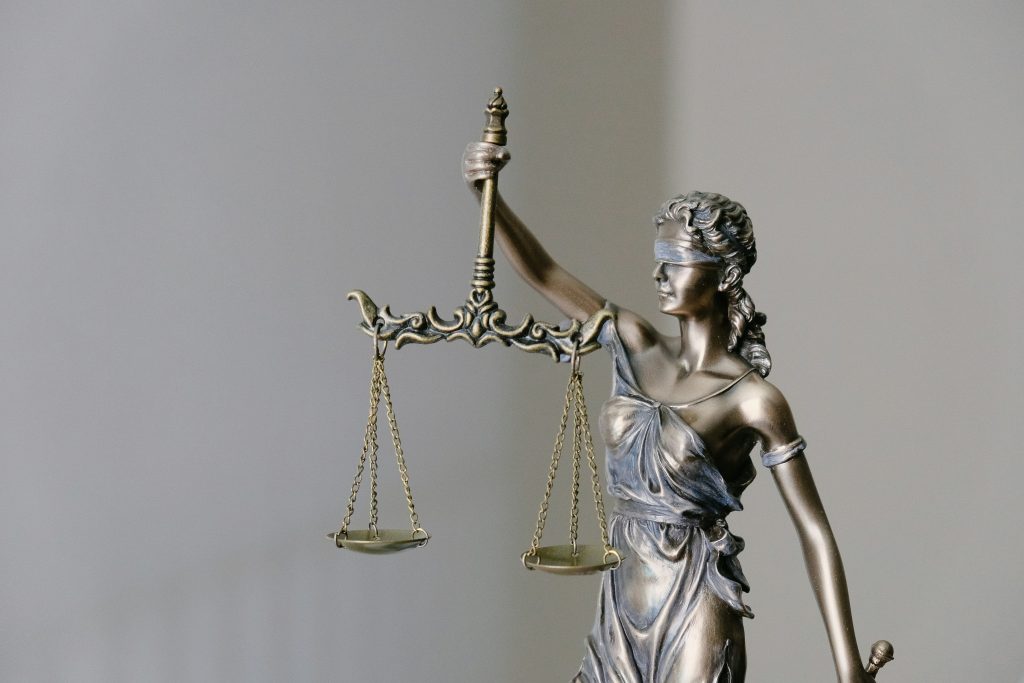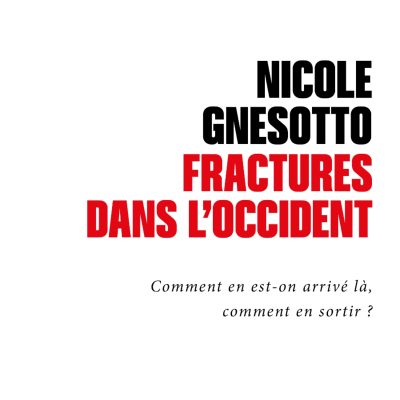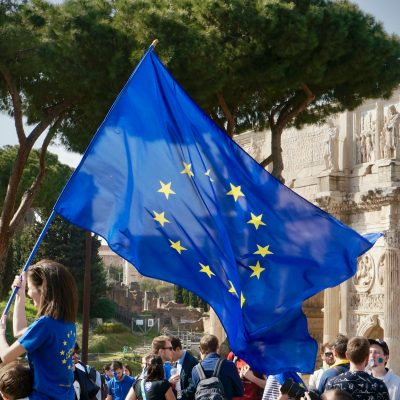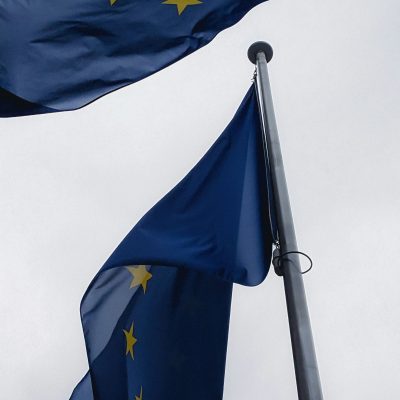The Convention for the drafting of the Charter of Fundamental Rights: a method for the future
The ‘method’ of the Convention, as defined during the drafting of the Charter of Fundamental Rights adopted by the three European institutions, is undoubtedly one of the major innovations in the functioning of the European Union since Maastricht.

Through the original amalgamation it has brought about between representatives of the Member States and the Commission, European and national parliamentarians, and through its innovative openness to “civil society”, it has undoubtedly paved the way for a method that is better suited to extending the political scope of the Union than the traditional diplomatic method of intergovernmental conferences. The speed with which the Commission, the European Parliament and the European Council adopted its draft is testimony to the productivity of this working method, despite its apparent complexity. It is therefore healthy and natural that we should move towards renewing this method for organising the debate on the future of the Union that has been opened up following the Nice conclusions. There is a danger, however, that this “spontaneous” extension will not be accompanied by any in-depth analysis of the experience gained in drawing up the Charter of Fundamental Rights and of the conditions which ensured its success.
Such work is necessary if we want to transform what is so far only a successful experiment into a “method” and ensure that it can be replicated and extended to other areas. Initiating this essential reflection is the objective that Notre Europe has set itself in commissioning this study, the conclusions of which are, of course, those of the author. Our aim was to try to ask the right questions and respect the eminently political nature of the decisions to be taken – these are, after all, issues of a ‘constitutional nature’ for the Union – while avoiding the easy option of making prescriptive proposals. Florence Deloche-Gaudez carried out this exercise with rigour, drawing on numerous testimonies from participants in the first Convention.
By emphasising the importance of the Convention’s mandate, its links with the Conference of States that will follow it, the manner in which the various actors will participate and the organisation of their debates, she has, as we asked her to do, selected and discussed the right questions and helped to shed light on the decisions to be taken. She has thus opened a debate that is set to develop within the future Convention itself. Our Europe is ready to contribute to this debate on the basis of the reactions to this study. See also the analysis of the state of the Convention’s work by Florence Deloche-Gaudez.




